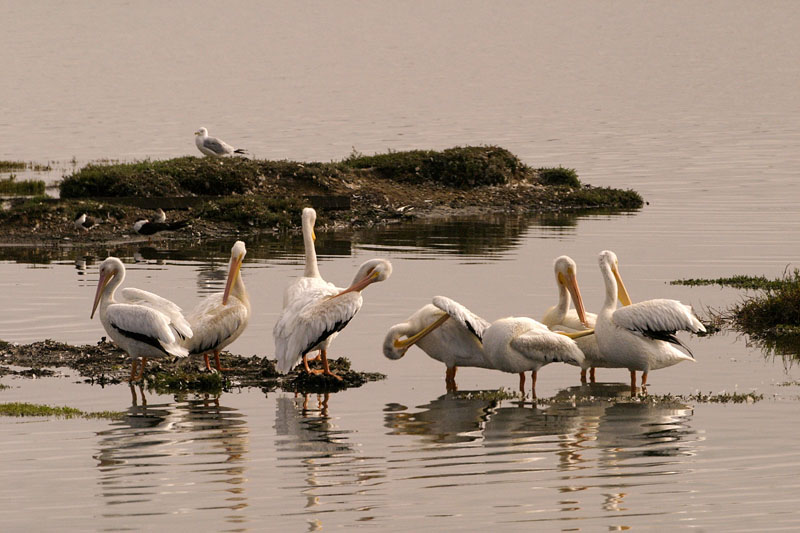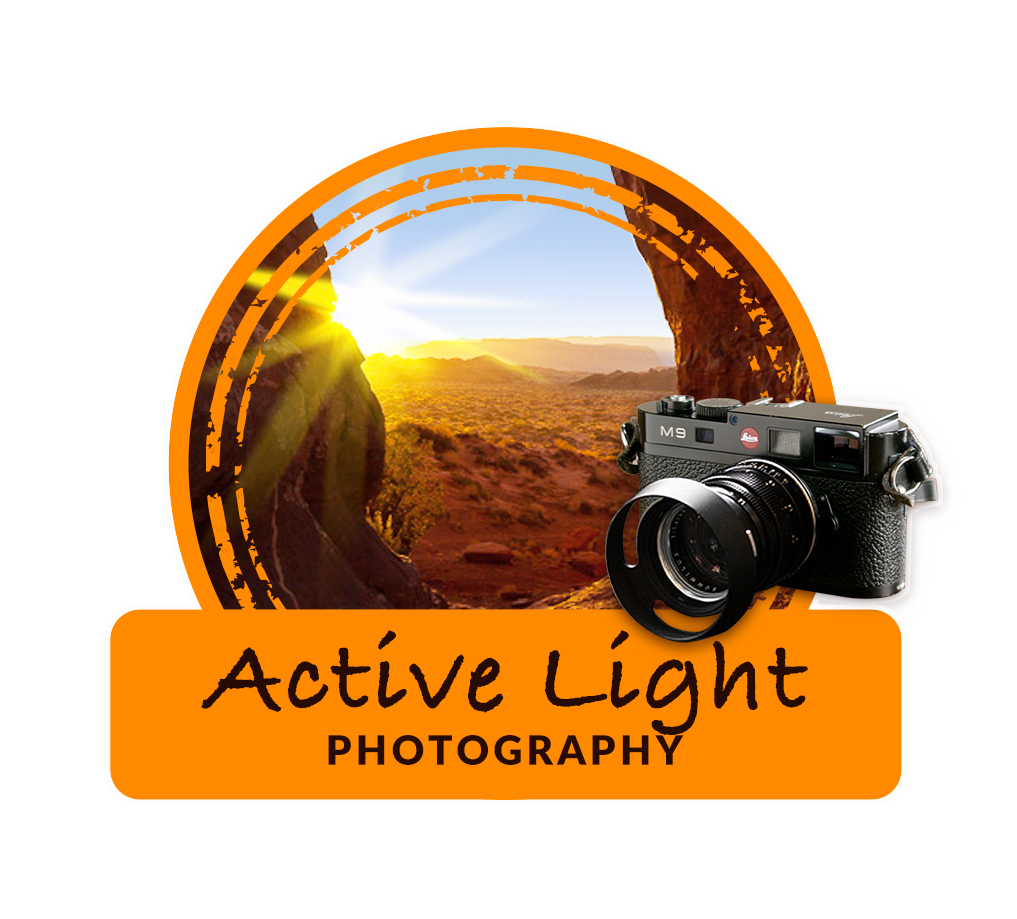|
It’s 5 AM, and the sun will rise out of the weeds in another five minutes. So far, I have a northern harrier on a post nearby, and some American white pelicans, sandpipers and gulls on the island 30 yards away. There’s also a snowy egret foraging in the shallows just offshore. |
 American white pelicans |
|
These guys didn’t just happen to be there – I’ve observed their habits enough over time to know where I’d probably find them. Location, Behavior, Light A lot of wildlife photography is knowing where your subject hangs out. Another chunk is knowing their behavior. Couple that with direction and time for best light, and you have a good chance for some cool images. I’m choosing locations for wildlife photo tour participants in the south San Francisco Bay Area. One spot is an inland preserve offering coyotes, jackrabbits, ground squirrels, American kestrels, wild turkeys, possible red-tailed hawks, and small perching birds. The mammals may be no-shows, but most of the birds can be counted on. There might also be some juvenile great horned owls on late summer evenings. |
 Black-tailed jackrabbit |
|
A bay-side location gives more reliable red-tailed hawks, possible golden eagles, a thriving California ground squirrel colony, and a striped skunk in early evening. There’s also a man-made lake with lots of ducks and grebes, especially during the fall hunting season. Across from a nearby golf course, a burrowing owl pair has a brood of 6-10 owlets in early summer, but the parents live there year-round. |
 California ground squirrels |
|
The third choice is just north of the second one. It has a breeding colony of black-crowned night herons, snowy and great egrets, most active April through June. There’s also a large colony of bank swallows underneath a short bridge. I’ve photographed an Anna’s hummingbird feeding her young in a tiny nest there, but you can’t rely on hummers to nest in the same territory season after season. |
 Snowy egret parent feeding nestling |
|
The last two spots can be counted on for brown pelicans through summer and fall, plus other waterfowl year-round, since they’re on San Francisco Bay. But you can rely on any of the three for wild subjects. What To Shoot ‘Em With Since at least one attendee will be a young woman without wildlife shooting experience and optics no longer than 200mm, the location with the easiest-to-approach subjects is best. That’s probably the second spot with the man-made lake and burrowing owls. Those owls stay pretty calm as long as you approach slowly. And the ducks, coots, and gulls on the lake are among the easiest wildlife to photograph. By the way, if you find yourself wanting an up close and personal image of your favorite critter, consider renting the lens you need. This is easy to do – find an independent camera shop like Palo Alto, California’s Keeble and Schuchat, and give them a call. They should be able to set you up with a 400mm or 500mm lens for your Nikon or Canon EOS camera. They can also suggest a tripod and head combination to use with the lens. |
 Bored burrowing owl |
(408) 483-3782
Curious about how to shoot ruins?(408) 483-3782

Mark,
I discovered your site by accident. I’m a local boy (former SJ native, now living in Gilroy). I love your pictures; I’ve been taking pictures since 2004, digital since last year, and some of them are actually good (grin). My favorite location is Monterey and environs; always something to see. I need to post some pictures on my Flickr website and have you take a look and critique, if you like.
Sal Murillo
Gilroy
I don’t know how I missed this one in vlog week. so loevly. you can’t help but worry for them, though, eh?Wow. And your blue skies are so BLUE